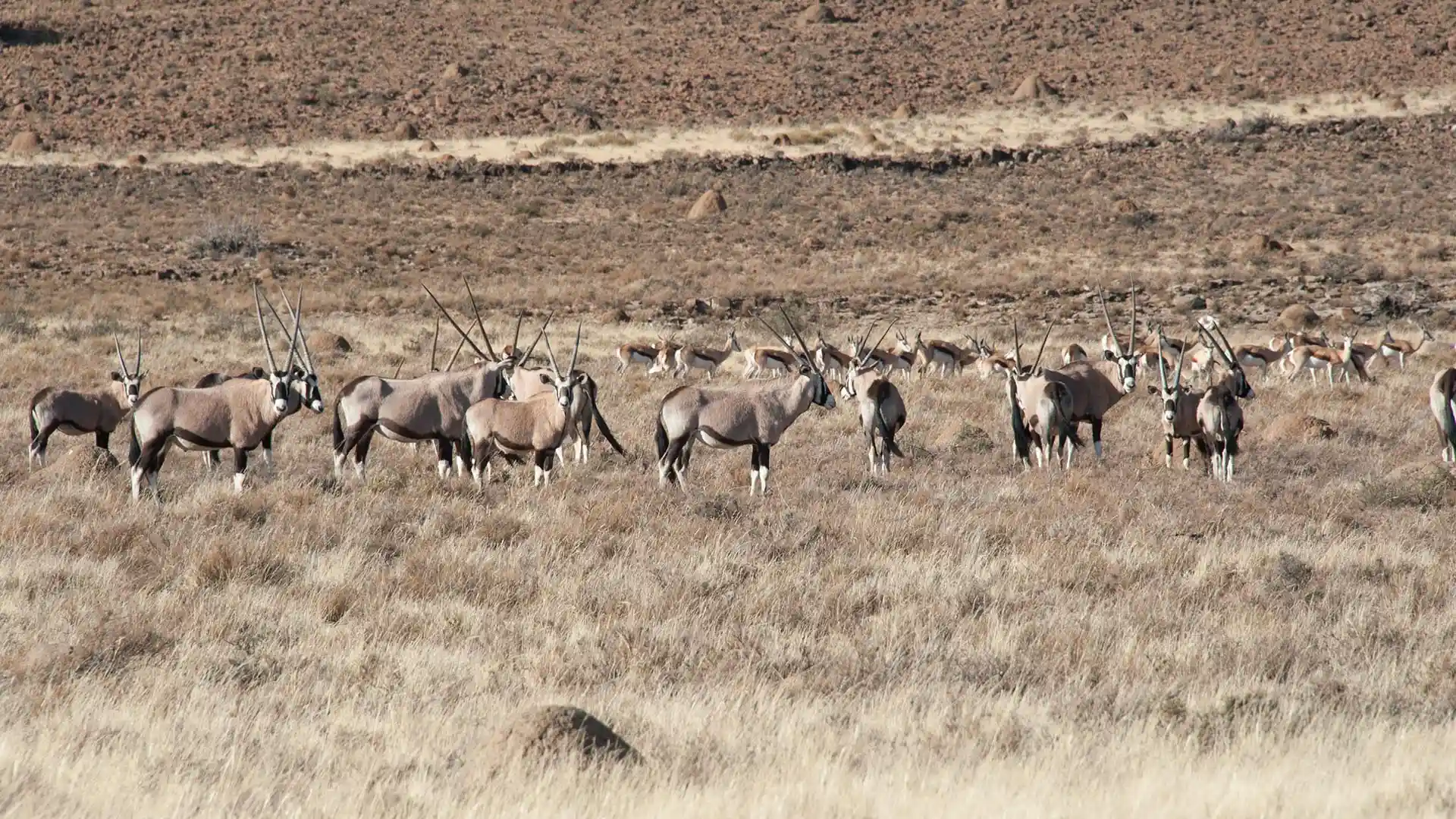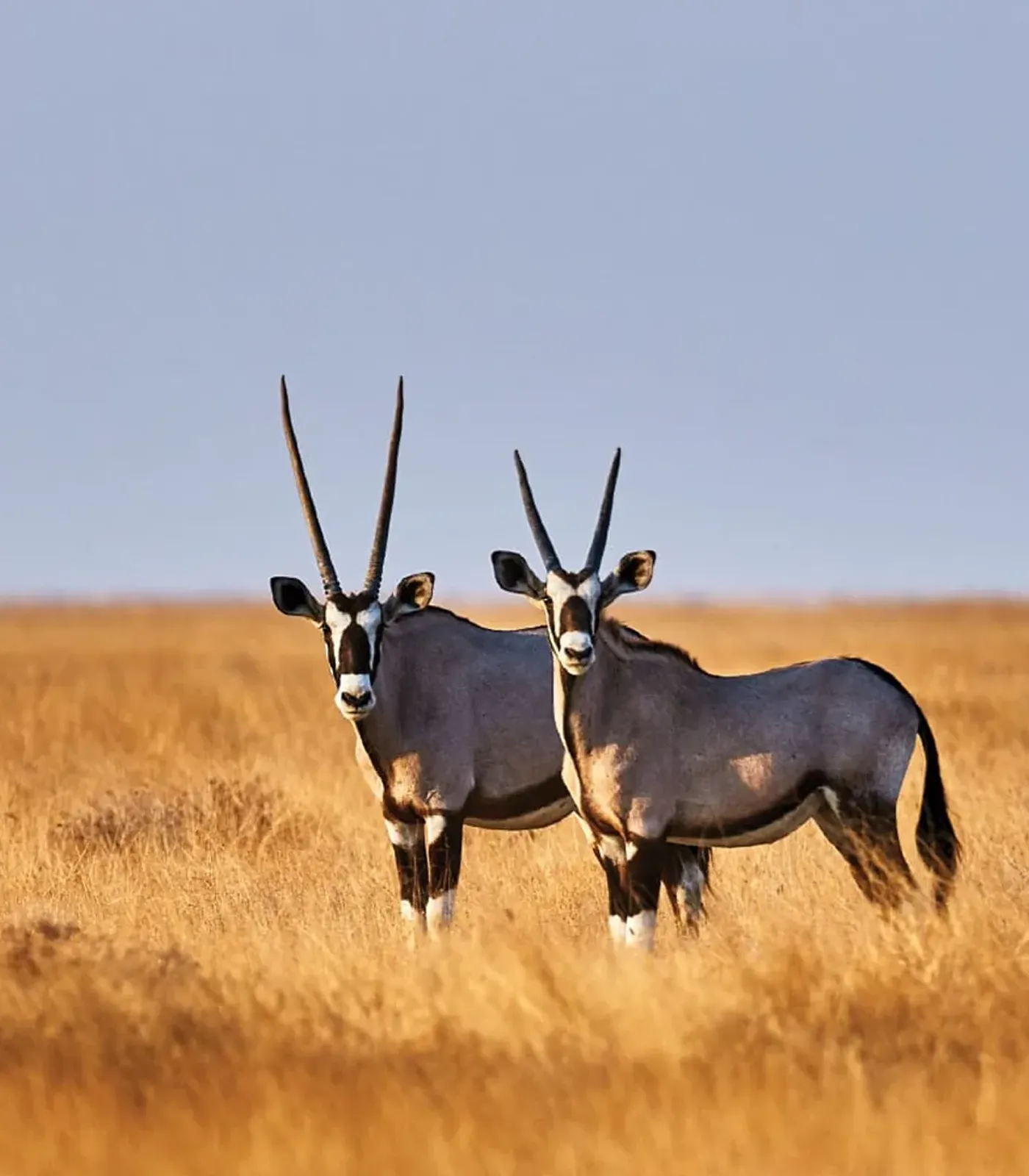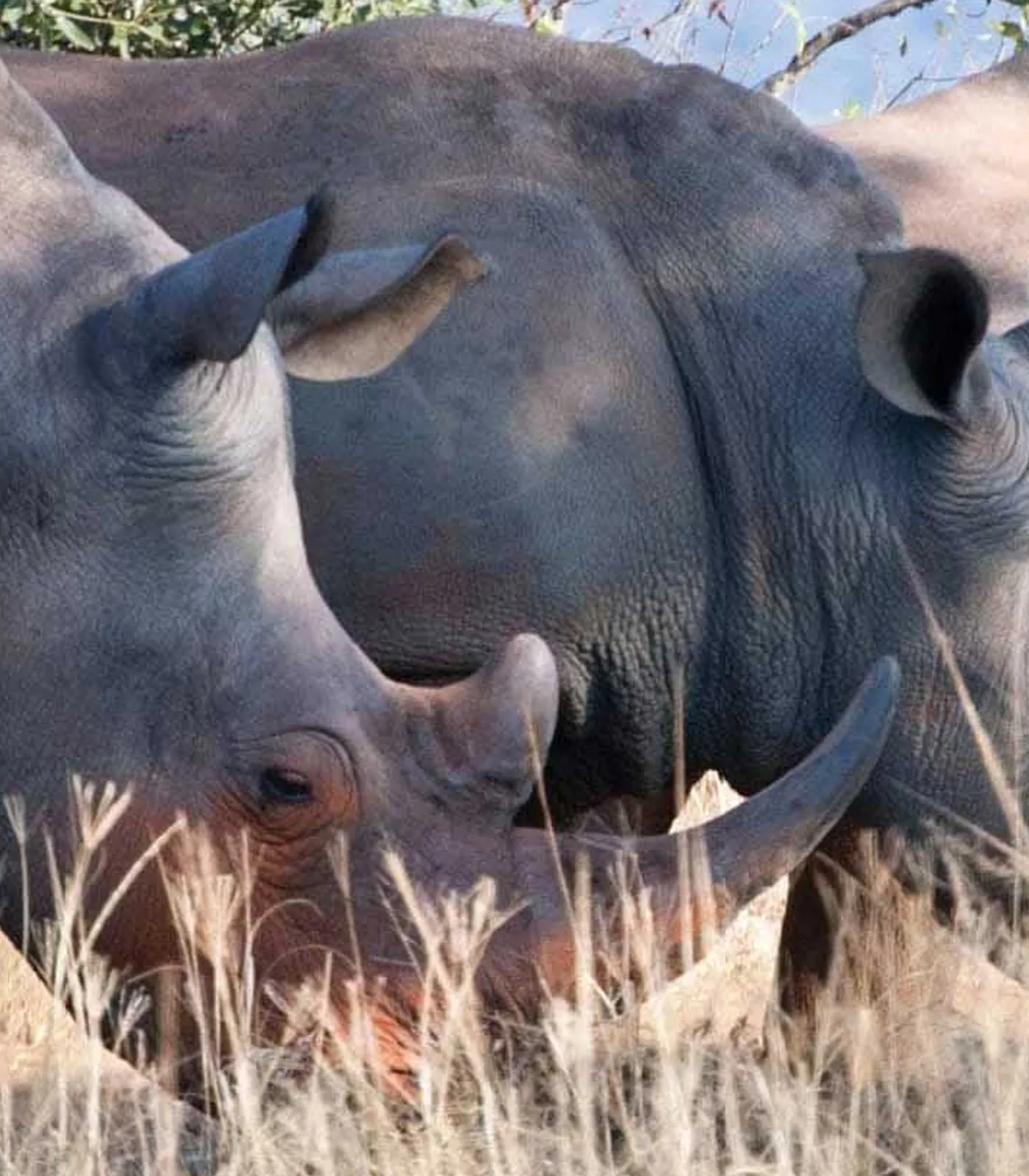
Understanding “Culling” vs. Conservation | Avula Safaris
In the world of wildlife management, few topics stir as much confusion and emotion as the word “culling.” Often misunderstood or misrepresented, culling is a tool—one that, when properly applied, supports broader conservation goals.
At Avula Safaris, we believe in transparency and education. This post breaks down the difference between culling and conservation, and how responsible wildlife management ensures balance in South Africa’s ecosystems.
1.
What Is Culling?
Culling refers to the selective removal of animals from a population. This can be done for ecological, genetic, safety, or population control reasons.
Examples of reasons for culling:
-
Overpopulation in fenced reserves
-
Disease control or genetic defects
-
Habitat degradation from too many grazers
-
Aggressive or non-integrating individuals
It is typically carried out under strict scientific and governmental oversight.
2.
Culling vs. Poaching or Unregulated Killing
It’s essential to distinguish ethical, legal culling from illegal poaching or random killing.
Culling is:
-
Planned and data-driven
-
Conducted by trained professionals
-
Approved by conservation authorities
Poaching is:
-
Illegal and unsanctioned
-
Driven by profit or negligence
-
Destructive to ecosystems and species survival
One protects balance; the other disrupts it.
3.
How Culling Supports Conservation
While it may seem counterintuitive, culling helps prevent more severe ecological consequences.
Positive impacts of culling include:
-
Preventing habitat collapse due to overgrazing
-
Maintaining predator-prey balance
-
Allowing for sustainable growth and regeneration
-
Enhancing genetic diversity through population management
Conservation isn’t just about preservation—it’s about balance.
4.
Culling vs. Trophy Hunting
Though both involve the removal of animals, they serve different purposes.
Culling:
-
Involves non-selective or management-based removal
-
May include non-trophy animals (e.g., females, juveniles, or older males)
-
Often yields meat for communities or staff
Trophy hunting:
-
Targets specific mature, often non-breeding males
-
Involves strict quotas and high permit fees
-
Generates conservation funding through regulated sport
Both, when properly managed, serve conservation but in distinct ways.
5.
The Role of Private Reserves
Many private game reserves, including those we partner with, use culling to maintain ecological integrity.
Why it’s necessary on private land:
-
Fenced reserves limit natural animal movement
-
Natural predators may be absent or underrepresented
-
Resources like water and forage are finite
Culling ensures long-term health for both wildlife and habitat.
6.
Community Benefits from Culling Programs
Properly managed culling doesn’t just serve the land—it supports people.
Benefits include:
-
Meat donations to local communities
-
Jobs for wildlife managers and field teams
-
Reduced human-wildlife conflict when dangerous animals are involved
Conservation includes caring for the people who live closest to the wild.
7.
Transparency and Oversight Are Key
Ethical culling programs are not hidden operations.
Best practices include:
-
Public reporting of quotas and results
-
Veterinary supervision and humane practices
-
Scientific monitoring of ecological outcomes
At Avula, we support reserves that follow these standards.
8.
Alternatives to Culling?
Some reserves explore alternatives like translocation or contraception.
Challenges include:
-
High costs and stress to animals during translocation
-
Limited habitat availability elsewhere
-
Difficult logistics of long-term contraception programs
While valuable, these options aren’t always feasible at scale.
9.
Educating Guests on Wildlife Management
Safari-goers often ask tough, thoughtful questions about culling. We welcome them.
Our role:
-
Provide factual, context-rich explanations
-
Invite guests to see conservation as dynamic, not static
-
Offer insights into how their trip supports ecosystem balance
Informed travelers become allies in ethical conservation.
10.
Conclusion: Conservation Is Nuanced
Protecting South Africa’s wildlife isn’t always about letting nature run free. In managed ecosystems, human intervention sometimes ensures that balance is maintained.
Culling, when done ethically, is one of many tools conservationists use to ensure species thrive—not just survive.



